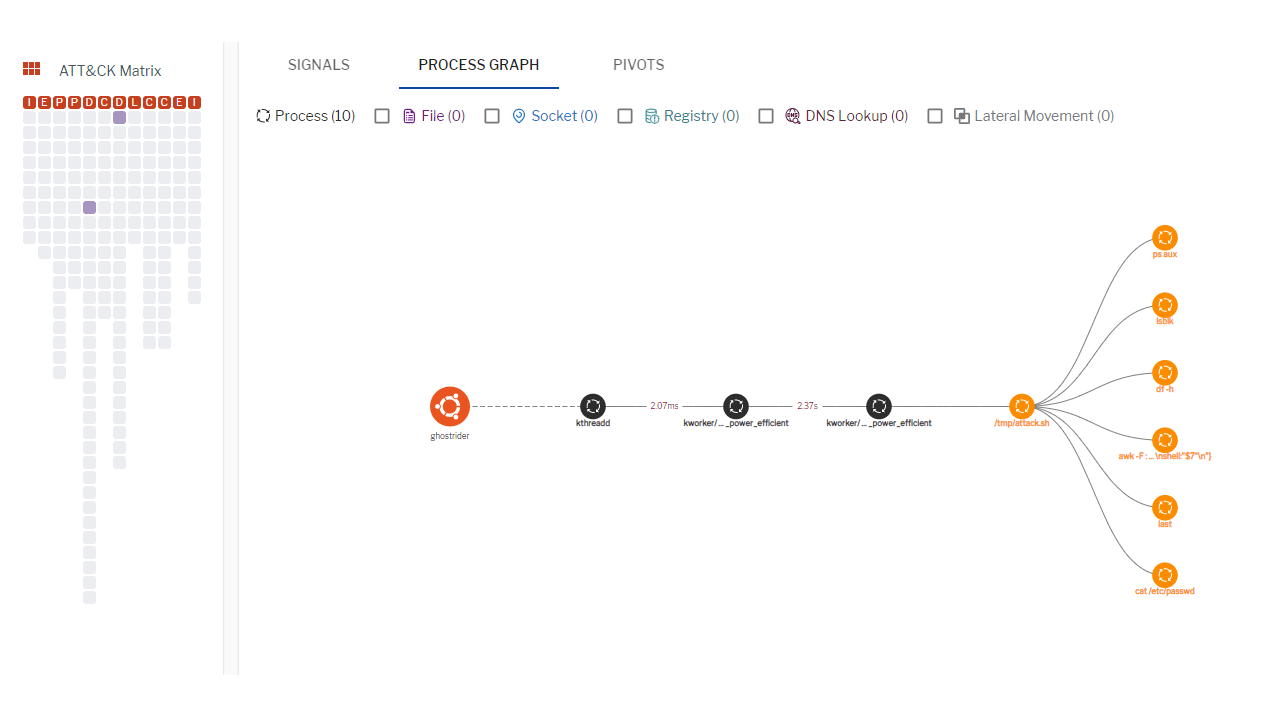

In Windows, daemons are services, which expect a special interface and are launched by the service control manager. Then, the less-obvious problems: osquery is a daemon. And you can forget about the octal file permissions model - or use the approximation we created.There’s no more simple integer uid or gid values - instead you have SIDs, ACLs and DACLs.We worked around this by abstracting the worker process functionality. Windows doesn’t fork() - the process model is fundamentally different.There’s no glob() - we had to approximate the functionality.Unix domain sockets are now named pipes.Paths are different - no more ‘/’ as the path separator.Let’s start with the obvious POSIX to Windows differences:

Some of the problems were general POSIX to Windows porting issues, while others were unique to osquery. This port presented several technical challenges, which we always enjoy. In this screenshot, we are using an existing doorman instance to find all running processes on a Windows machine.
#Doorman osquery full#
osquery for Windows has full support for TLS remote endpoints and certificate validation, just like the Unix version. The Windows version of osquery can talk to existing osquery fleet management tools, such as doorman.


 0 kommentar(er)
0 kommentar(er)
